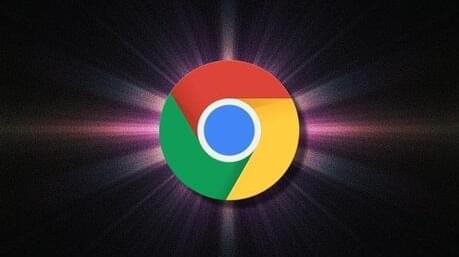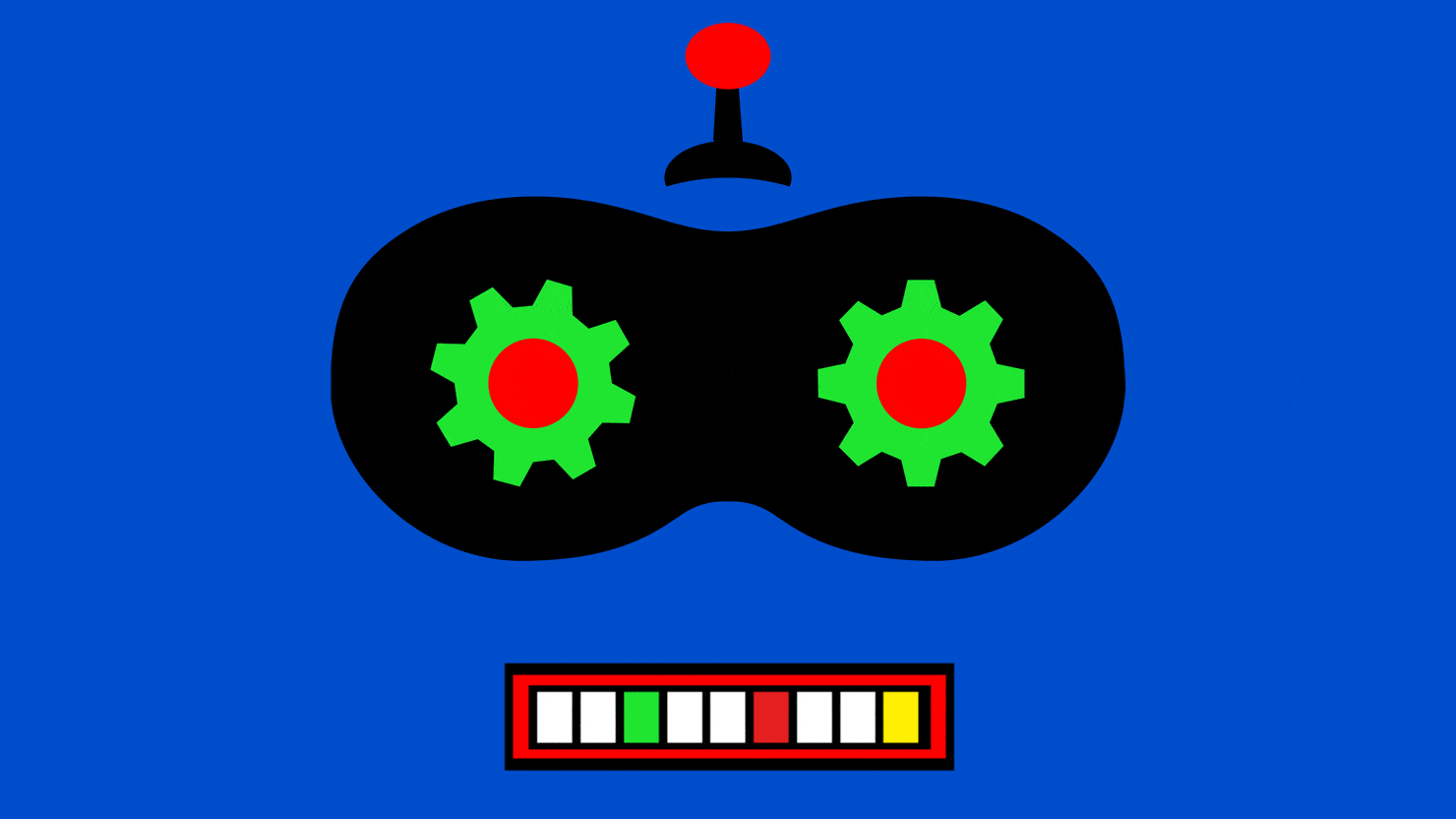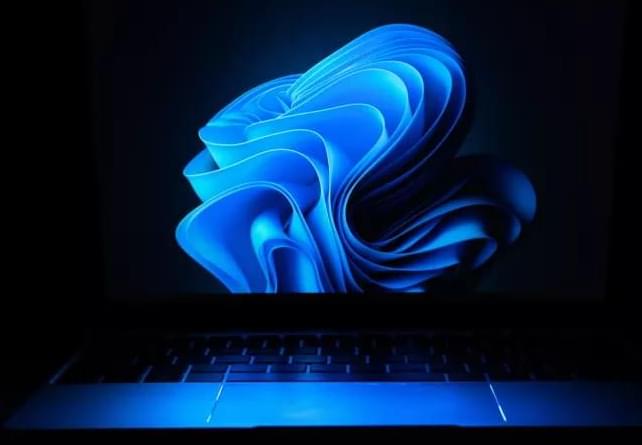As connectivity continues to expand and the number of devices on a network with it, IoT’s ambition of creating a world of connected things grows. Yet, with pros, comes the cons, and the flip side of this is the growing security challenges that come with it too.
Security has been a perennial concern for IoT since it’s utilisation beyond its use for basic functions like tallying the stock levels of a soda machine. However, for something of such interest to the industry, plans for standardisation remain allusive. Instead, piece meal plans to ensure different elements of security, like zero trust for identity and access management for devices on a network, or network segmentation for containing breaches, are undertaken by different companies according to their needs.
Yet with the advancement of technology, things like quantum computing pose a risk to classic cryptography methods which, among other things, ensures data privacy is secure when being transferred from device to device or even to the Cloud.







